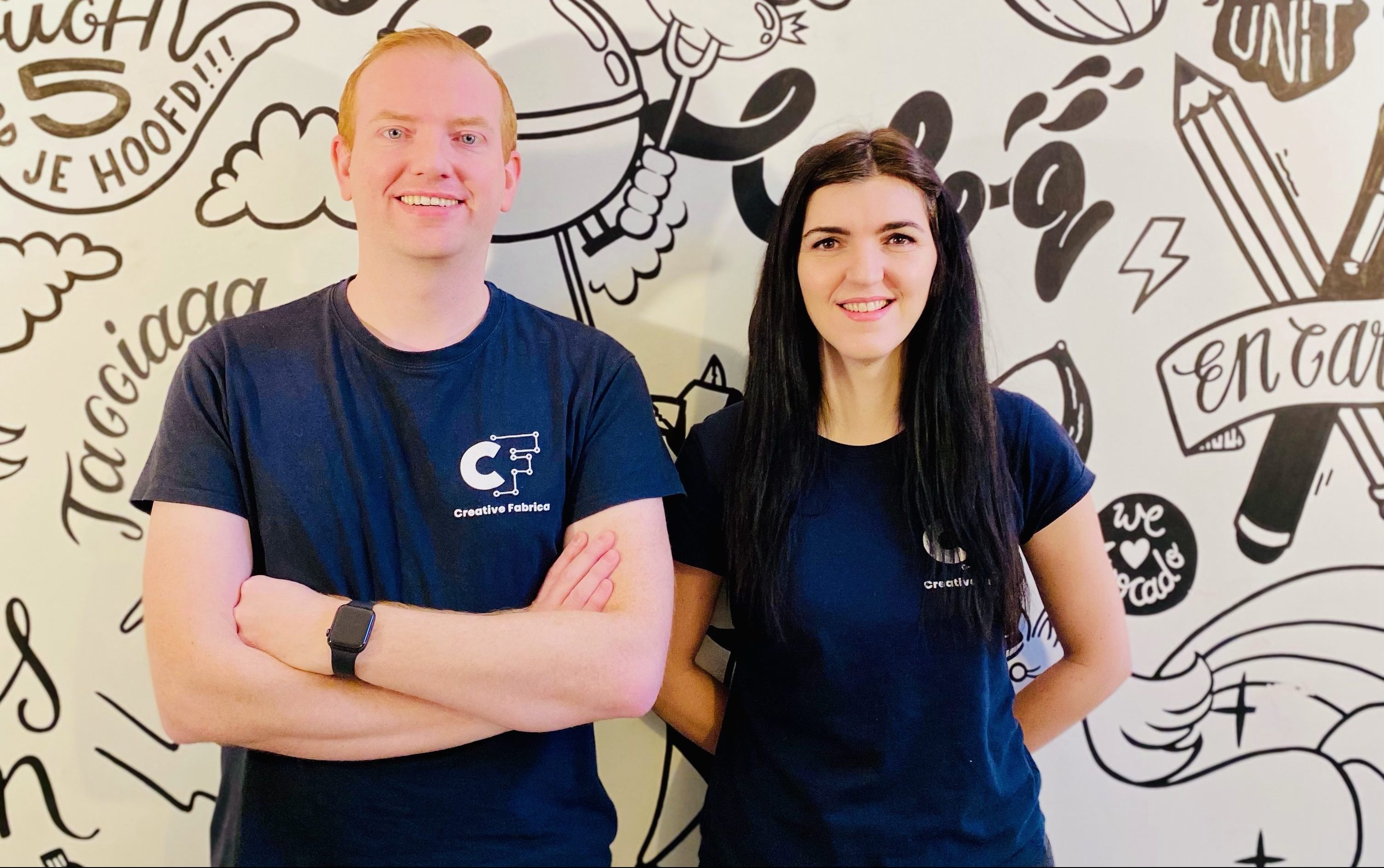I find something very intriguing about members of a royal family working to further the startup scene for a particular country.
In a magnificently frank conversation, I spoke with HRH Prince Constantijn, fourth in line to the throne of the Netherlands, at CES earlier this month. We discussed the Dutch ecosystem, the role of government in stimulating innovation and the challenges the country is facing in helping companies to go from startup to scale-up.
This interview has been edited for length and clarity.
TechCrunch: Why are you here at CES?
HRH Prince Constantijn: I think I can help. I want to continue to build a relationship with the CTA [the Consumer Technology Association, which organizes CES] and help some of these companies by introducing them to corporates.
“[The Netherlands] is a country that wouldn’t exist if it wasn’t for innovation. About a third of the country is underwater, and it innovated itself into existence.” HRH Prince Constantijn
And some of the companies meet with me just for the selfies. That makes me think, “Maybe cut the crap; I know what you want, so let’s just take the photo and get over it.”
On the whole, I’m here to support companies. In the Netherlands, we have support programs for scaleups or companies that are a bit further along, so a lot of what we do is to build connections, introducing them to founders or investors in the Bay Area, supporting them in as many ways as I can. And [CES] is just one of those outlets.
Why is CES important to the Netherlands in general?
The Netherlands is a small market, and Europe is quite fragmented. The U.S. is an important market. Most companies — depending on the sector — have to go to the U.S. at some point in time. The U.S. is the biggest health market, for example, so for most of those companies, it’s important to get there early and build some relationships. The U.S. is probably the biggest automotive market, too. CES is relevant to us because it is so big and brings together a lot of different industries. Most of the big players are here.
CES is not a bullseye for some of the companies we have, especially the software companies, but there’s such a density of tech companies here that you find relevant contacts are really high. So that’s most important.
You seem to have taken an interest in the Dutch startup ecosystem. Why is that a focus for you?
What’s going on in the Dutch startup scene? by Haje Jan Kamps originally published on TechCrunch


